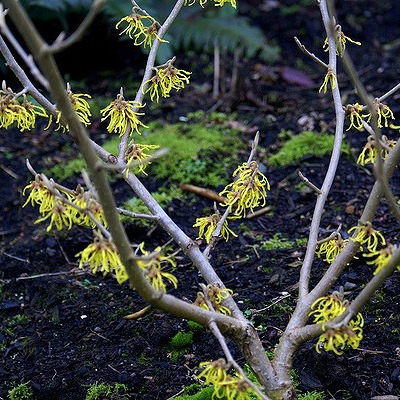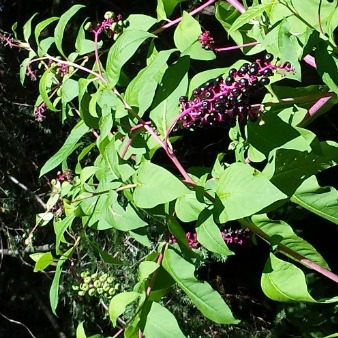At the beginning of the holiday season and pies are integral to our cultural traditions, due to our heritage from the British Isles and French-speaking Canada.
Pies are a pastry container for meats, vegetables and fruits, as we all know. The 10-12 inch exhibit of bakery perfection that graces our holiday dessert tables is fairly recent in the evolution of pie. Pies, or pyes as they were called in medieval England, were usually meat spiced with pepper and small fruits like currants or the more exotic dates. Those with one crust were known as tarts; it took two crusts to be a full blown pie. Small, individual sizes were baked for travelers or tavern-goers. Larger version were served at gatherings and some of them were very creative, including live birds added inside at the last minute so when the pie opened up – surprise! Remember the children’s nursery rhyme Old King Cole? There is always truth somewhere in a folk tale!
Not to burst the folklore bubble surrounding the first Thanksgiving, but the Pilgrims had no pumpkin pie at their feast in 1621 according to historical documents. The first reference to pumpkin pie is not found until 1675 when it was first recorded in a cookbook – actually it was a version of boiled squash and spices. As the colonists expanded in the new country they make “opportunistic” pies, putting anything between two crusts of pastry – meats and an increasing number of all-fruit pies. Canadian meat pies, one of my favorites, became a traditional Christmas dish in northern areas of New England as well as Canada and in National Heritage Corridor as French-Canadian immigrants came to work in the mills. We can also thank the French for placing a cheese custard with meats, fish or vegetables into a crust – the famous quiche.
Pie definitely caught on.





